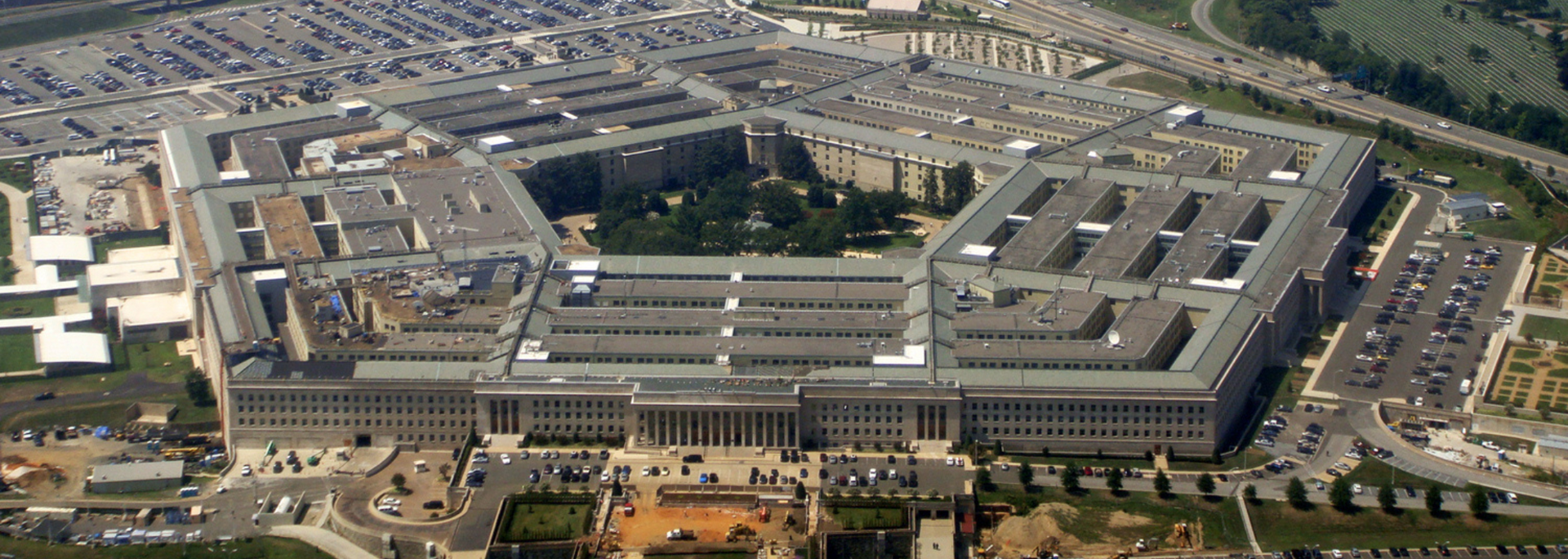Who built the cloud?
Cloud computing is crucial to modern life. But where did it begin? Meet the great minds behind the cloud.

These days, a world without the cloud is hard to imagine. Sure, you could find other ways to amuse yourself if Netflix goes down. But businesses, public sector organisations, charities and governments all rely on the cloud for data storage, access to software and communications.
But for something so ubiquitous, people know surprisingly little about it – not just the technical side of things, but also where it came from.
To many, the question "Who built the cloud?" sounds like a riddle of the Sphinx or a line from a poorly translated hymn.
It's a shame if only because the history of the cloud is super-interesting. And like so many things that our now dominant, it all began in the 1960s.
In this article, we take a look at the academics and developers who built the cloud that we know today.
From science fiction to science fact
The writer Hugo Gernsback has been dubbed "the father of science fiction" – and he has some claim to be the imaginative father of the cloud.
His novel Ralph 124C 41 + predicts a world full of devices that would need something like today's cloud computing to work – devices that resemble today's video conferencing software and today's smart home systems.
Gernsback, father of the cloud? Not really. But his novel is one of several examples of writers predicting a world connected by the cloud.
The 1960s
Today, the centre of the cloud world is Silicon Valley. But in the early 1960s, it first saw life in American universities.
In 1963, MIT received a two-million-dollar grant to develop technology that would allow multiple people to use a computer simultaneously.
The result ran on magnetic tape, not metal servers, and could be used by two or three people, not tens of thousands. But Project MAC, as it was called, was the beginning of the cloud as we know it.
Fast forward to 1969, and computer scientist J.C.R. Licklider helped develop an early version of the internet for the Pentagon.

No history of the cloud is complete without a mention of Licklider or "Lick". He was far from the first person to have a vision of a world connected by the cloud – but he was, arguably, the first to put it into practice by developing the Advanced Research Projects Agency Network (ARPANET).
The turn of the millennium
For many, 1999 is notable as the year when the Millennium Bug didn't happen. But something in the world of technology did happen – and its repercussions are felt to this day.
Yes, in 1999, CRM software company Salesforce became internet-only. This meant its software was exclusively available online – no disks necessary. Businesses could now buy the software remotely as and when required.
This was the beginning of SaaS or "Software-as-a-Service": software that can be accessed online from any device in any location. The explosion of streaming services, cloud-based admin tools and more can all be traced back to this moment.
The cloud goes commercial
Between 1999 and 2006, the cloud was private-access only. But in 2006, Amazon made history by launching Amazon Web Services. This included cloud-based storage, compute and "human intelligence" under the banner of Amazon Mechanical Turk. It also introduced EC2, the world's first commercial cloud.
Google quickly followed suit, offering free plans and low-cost services such as Google Docs. Then, in 2010, Microsoft entered the fray with Azure.
These major industry players are often portrayed as rivalrous. So, it may come as a surprise to learn that IBM, Google and several universities pooled resources in 2007 to create a server farm. This investment from big tech in the academic world saw an acceleration of cloud-based research and problem-solving.
Around the same time, Netflix ushered in the age of streaming and Dropbox began offering cloud storage to businesses and consumers alike.
Another key moment in the history of the cloud was the introduction of Oracle Cloud in 2012. Oracle became the first provider to deliver the three basic cloud computing models from a single source: IaaS (Infrastructure-as-a-Service), PaaS (Platform-as-a-Service) and SaaS.

As well as the rise of commercial clouds and consumer services like Netflix, the first decade of the millennium saw the beginnings of open-source deployment for cloud environments. NASA was the first to roll this out with its OpenNebula open-source software.
The cloud goes mainstream
In the first decade of the new millennium, more and more businesses and consumers were using the cloud. But adoption went into first gear in 2012 – a year when cloud adoption went up by a remarkable 71%.
The next big jump occurred during the COVID-19 pandemic when many businesses and individuals were forced to rely on remote working methods in response to lockdown measures.
In many ways, today's cloud landscape is unthinkable without the pandemic. Although uptake was steadily increasing – with the occasional spike – it went into overdrive from 2020 onwards.
What next for the cloud?
Cloud adoption shows no signs of slowing down – and developments in generative AI, the Internet of Things, containers and edge computing show that there are still advancements to be made.
Nevertheless, the cloud industry faces some challenges, in particular shortages in capacity and the unavoidable fact that those data centres which keep the cloud up and running are by and large bad for the environment.
Predicting the future is a mug's game, but we suspect that the cloud will continue to be an indispensable part of our lives for many years to come – and it's all thanks to the academics and developers who have built it over the years.
Want to get more from your cloud infrastructure? Based in Cork, Ireland, Ascend is a team of expert consultants specialising in
cloud transformation solutions . Work with us and we'll help you identify the financial, technical and operational efficiencies that can accelerate your ambition. Simply
get in touch to get the ball rolling.












